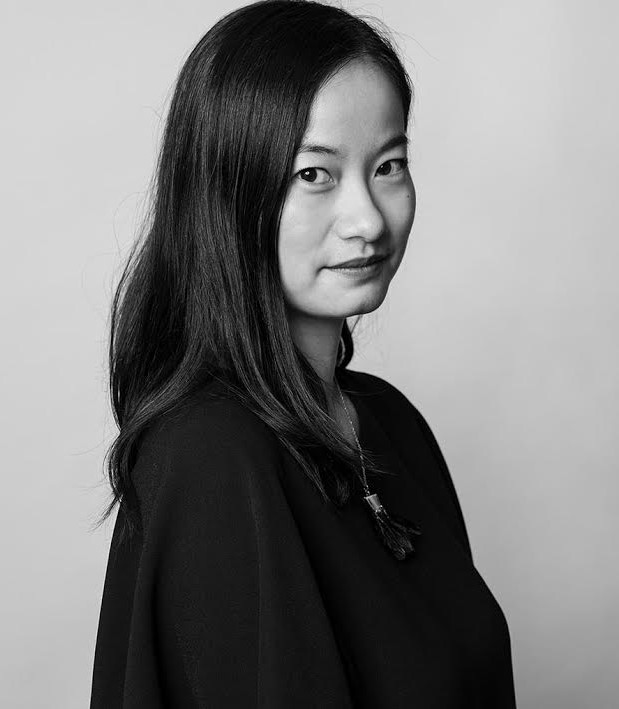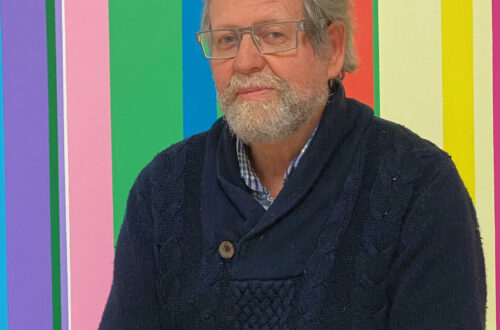Today we’re traveling all the way to sunny Sydney to chat with Jing Li, Senior Urban Designer at Conybeare Morrison International. If you’ve been following our blog for a while, you might have read our wrap-up of this year’s Vivid Sydney festival, which included a stunning, snowy installation created by none other than Li.
From bringing some snow to Sydney to working on projects that envision a more sustainable future, read on to learn how Jing Li is making her mark on the field of Urban Design.
Where did the inspiration and intention for ‘LET IT SNOW’ come from?
The idea came from my childhood experiences in my hometown (Hangzhou, China.) Having grown up both next to mountains surrounded by a national park and in a growing international city, I was always fascinated by natural environments and how they could influence people’s emotions. Where I grew up, almost every winter had snowfall, and each time everyone would enjoy interacting with the pure white snow. It always brought peaceful, joyful moments to us and lifted our emotions. After I moved to Sydney, I felt it was a pity that it doesn’t usually snow in the city. It saw me develop the intention behind ‘Let It Snow,’ which is to bring the snowfall experience to Sydney’s winter and allow visitors to experience the feeling of being surrounded by beautiful sparkling snowfall.
Could you tell us a little about the mix of real and virtual at play in the installation?
Illuminated by 4,000 LED bulbs, ‘Let It Snow’ reacts to weather patterns and pedestrian motion. When you enter the piece, it almost feels like you are in a different world. When you’re walking in between the lighting strings, the lights and wind flow and start to create a dialogue. The space feels more turbulent and tempestuous when the wind is blowing and lots of people are playing, wandering and running around the flake shapes. On less busy evenings with little to no breeze, the space feels calm and gentle, smaller movements leaving a trail to follow. Walking between the crystalline structures provides a sense of the way snow flurries.

What was the most difficult part of the creative process?
The ability to capture the beauty of a snowflake in terms of both form and atmosphere. We revised the design a couple of times from the EOI stage through to the construction period. In the final design, we used hexagon-shaped structures to represent the snowflake. The combination of 5 ‘snowflake’ structures created a continuous open yet defined space allowing visitors to wander between the snowflakes. The structured paths provided multiple spaces for different groups of visitors to stay and watch or actively interact with the installation.
Did people interact with ‘LET IT SNOW’ in the ways you had hoped?
Yes, I went there a number of times to watch people interact with the installation and observe their reactions when they first see it. The intention of ‘Let It Snow’ was to create a romantic experience which would be a memorable moment for visitors, and we hoped to see people walking through those LED strings, touching the lights and watching ‘snowflakes’ falling.
At the ‘Let It Snow’ installation, I saw lovers kissing each other, couples and friends taking lots of selfies together, kids playing in between the lighting strings, touching the lights, older people sitting in wheelchairs and watching. To me, those were all beautiful and satisfactory moments.

What would you like people to know about urban design?
As an urban designer, my mission is to take a sustainable approach when considering public and environmental welfare, to guide urban developments and future growth.
Just like other creative design fields, urban design requires a lot of imagination and full consideration of the user experience. It is not only about the big picture- how to shape a city, but also about zooming into details of how to create and define spaces, improving living environments and user experiences.
Any exciting upcoming projects you can tell us about?
Our office is currently busy with master planning and infrastructure projects both in Australia and overseas. And apart from urban design work, we would also like to get involved in other design and creative fields, such as sculpture. There is a great exhibition called Sculpture by the Sea at Bondi Beach, Sydney. Every year, numerous artists from around the world join this public exhibition, and featured sculptures are set up along the coast. We would like to try our hand at that next year.

Finally, if you could give one piece of advice to aspiring urban designers, what would it be?
Create urban designs for ‘tomorrow.’
When I’m making key urban design decisions, I always ask myself if the design has answered the needs of the future; am I missing out on any growing opportunity that has the potential to be incorporated? To me, urban design is a synergistic integrated design process that must address the public and community. We need to think big about future demands and value capture, but also need to carefully listen to and understand what the community’s real needs are.
Cover Image: Jing Li
Photographer: Jackie Chan.













